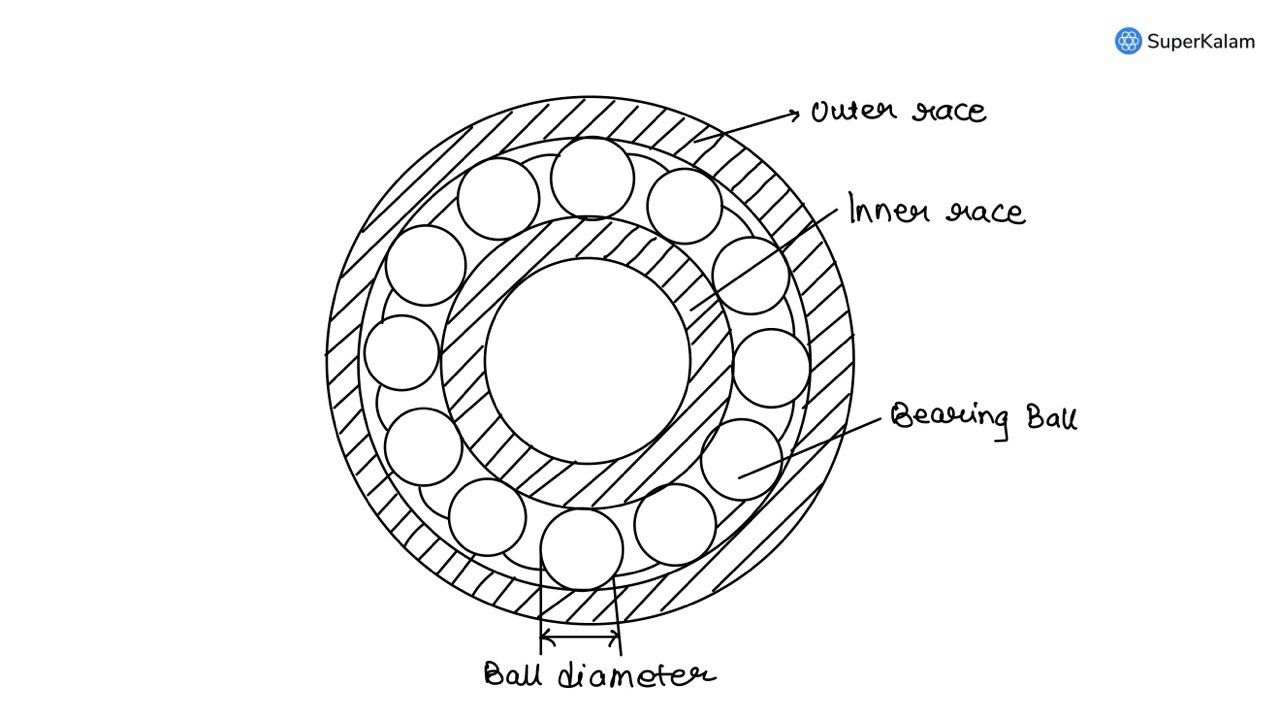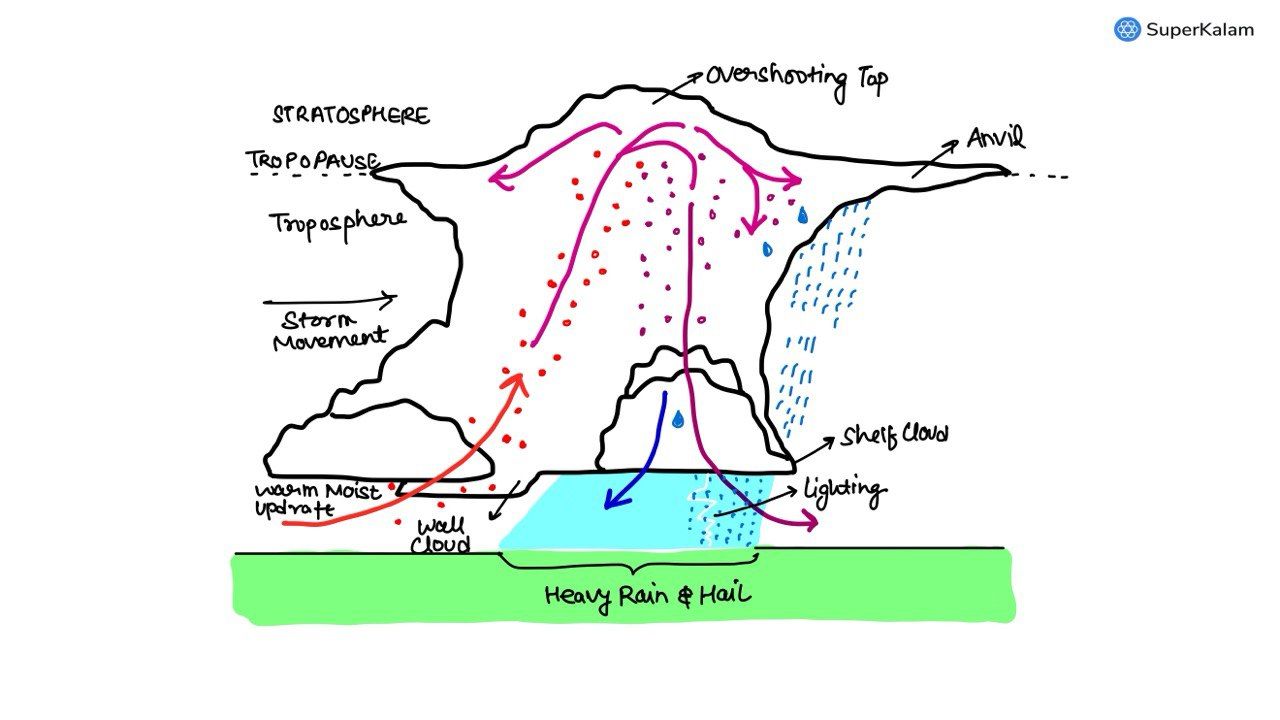UPSC Prelims 2013 Analysis
Subject-Wise MCQ Distribution
- Economy (16 Questions): A significant portion covered monetary policies, banking, economic indicators, and core concepts such as inflation and the balance of payments. Many questions followed the assertion-reasoning format, testing both conceptual clarity and practical application.
- Environment & Ecology (19 Questions): Focused on biodiversity, national parks, environmental pollution, and fundamental ecology concepts. Several questions required an interdisciplinary approach, linking topics to geography, governance, and climate policies.
- Indian Polity (15 Questions): Included constitutional provisions, policy frameworks, and governmental bodies. The paper tested static knowledge while integrating current affairs-based reasoning, making analytical abilities crucial.
- Science & Technology (16 Questions): Emphasized fundamental concepts and emerging technologies from biotechnology, space, and AI. Instead of direct current affairs-based questions, many were current affairs-inspired, requiring an understanding of recent developments and their applications.
- Art & Culture (9 Questions): Had a notable weightage, with a focus on Buddhism & Jainism, the Bhakti movement, architecture, and performing arts. Many questions followed the match the following format, requiring factual knowledge and conceptual linkages.
- History (8 Questions): Covered Ancient History (2) and Modern History (6), with no Medieval History questions. Modern History questions were relatively easy to medium in difficulty, making them scoring opportunities for well-prepared candidates.
- Geography (13 Questions): Included Physical Geography (5), Indian Geography (5), and World Geography (3). A strong emphasis was placed on conceptual understanding, with several questions integrating maps and geophysical phenomena.
- Social Issues & Government Schemes (4 Questions): Covered welfare schemes, social development programs, and demographic trends. Many were elimination-based, requiring a clear understanding of policy frameworks.
- International Relations (0 Questions): Unlike previous years, there were no direct questions on India’s foreign policy or global affairs, marking a deviation in trends.

Difficulty Analysis
- Easy Questions (39 Questions): Tested foundational knowledge, making them accessible to well-prepared aspirants.
- Medium Questions (39 Questions): Required analytical skills and an ability to link static concepts with real-world applications, especially in Economy and Science & Technology.
- Hard Questions (22 Questions): Demanded deep conceptual clarity and critical thinking, particularly in subjects like Economy and Environment.

Variations in Question Framing
- Multi-Statement Questions (56%) – A significant portion required critical analysis, logical deduction, and elimination strategies. These were common in Polity, Economy, and Environment, with many questions following the assertion-reasoning format.
- Direct Questions (44%) – Focused on factual recall, particularly in Science & Technology and History. These were relatively easier for candidates with strong static knowledge.

Current Affairs vs. Static Questions
- Current Affairs-Based Questions (14%) – While fewer in number, many static questions were inspired by current events, requiring candidates to apply their knowledge in real-world contexts.
- Static Knowledge-Based Questions (86%) – The majority of the paper focused on core subjects, reaffirming the importance of NCERT-based themes, standard books, and foundational concepts.
Key Learnings for Future Preparation
- Prioritize Static Subjects: Since 86% of the questions were static, aspirants must focus on NCERTs, standard reference books, and core concepts.
- Master Multi-Statement Questions: Developing skills to break down statements, eliminate incorrect options, and infer logical conclusions is crucial for improving accuracy.
- Emphasize Environment & Science & Technology: These subjects had a significant presence, requiring conceptual clarity over rote learning.
- Strengthen Art & Culture Preparation: With 9 questions, this subject played an important role, emphasizing cultural history and heritage.
- Approach Current Affairs Selectively: Although current affairs questions were fewer, many were inspired by contemporary issues, highlighting the need for smart, selective preparation instead of exhaustive memorization.
Subject-Wise Answer Key
QUESTION 1
Hard
Science & Technology
Prelims 2013
Many transplanted seedlings do not grow because -
A. The new soil does not contain favourable minerals
B. Most of the root hairs grip the new soil too hard
C. Most of the root hairs are lost during the transplantation
D. Leaves get damaged during the Solution plantation
QUESTION 2
Medium
Science & Technology
Prelims 2013
Fruits stored in a cold chamber exhibit longer storage life because -
A. exposure to sunlight is prevented
B. concentration dioxide in the is increased of carbon environment
C. rate of respiration is decreased
D. there is an increase in humidity
QUESTION 3
Medium
Science & Technology
Prelims 2013
Rainbow is produced when sunlight falls on drops of rain. Which of the following physical phenomena are responsible for this?
- Dispersion
- Refraction
- Internal reflection
Select the correct Solution using the codes given below.
A. 1 only
B. 1 and 2 only
C. 2 and 3 only
D. 1, 2 and 3
QUESTION 4
Hard
Science & Technology
Prelims 2013
Consider the following animals:
- Sea cow
- Sea horse
- Sea lion
Which of the above is/are mammal/mammals?
A. 1 only
B. 1 and 3 only
C. 2 and 3 only
D. 1, 2 and 3
QUESTION 5
Hard
Science & Technology
Prelims 2013
Mycorrhizal Biotechnology has been used in rehabilitating degraded sites because mycorrhiza enables the plants to -
- Resist drought and increase absorptive area
- Tolerate extremes of pH
- Resist disease infestation
Select the correct answer using the codes given below:
A. 1 only
B. 1 and 2 only
C. 1, 2 and 3 only
D. 2 and 3 only
QUESTION 6
Medium
Science & Technology
Prelims 2013
With reference to the usefulness of the by-products of the sugar industry, which of the following statements is/are correct?
- Bagasse can be used as biomass fuel for the generation of energy.
- Molasses can be used as one of the feedstocks for the production of synthetic chemical fertilizers.
- Molasses can be used for the production of ethanol.
Select the correct answer using the codes given below.
A. 1 only
B. 2 and 3 only
C. 1 and 3 only
D. 1, 2 and 3
QUESTION 7
Medium
Science & Technology
Prelims 2013
Which of the following diseases can be transmitted from one person to another through tattooing?
- Chikungunya
- Hepatitis B
- HIV-AIDS
Select the correct answer using the codes given below.
A. 1 only
B. 1 and 2 only
C. 2 and 3 only
D. 1, 2 and 3
QUESTION 8
Medium
Science & Technology
Prelims 2013
Which of the following statements is/are correct?
- Viruses lack enzymes necessary for the generation of energy.
- Viruses can be cultured in any synthetic medium.
- Viruses are transmitted from one organism to another by biological vectors only.
Select the correct answer using the codes given below.
A. 1 only
B. 1 and 2 only
C. 1 and 3 only
D. 1, 2 and 3
QUESTION 9
Hard
Science & Technology
Prelims 2013
Improper handling and storage of cereal grains and oilseeds result in the production of toxins known as aflatoxins which are not generally destroyed by normal cooking process. Aflatoxins are produced by
A. bacteria
B. protozoa
C. moulds
D. viruses
QUESTION 10
Medium
Science & Technology
Prelims 2013
Ball bearings are used in bicycles, cars, etc., because
A. the actual area of contact between the wheel and axle is increased
B. the effective area of contact between the wheel and axle is increased
C. the effective area of contact between the wheel and axle is reduced
D. None of the above statements is correct
QUESTION 11
Medium
Science & Technology
Prelims 2013
The known forces of nature can be divided into four classes, viz, gravity, electromagnetism, weak nuclear force and strong nuclear force. With reference to them, which one of the following statements is not correct?
A. Gravity is the strongest of the four
B. Electromagnetism act only on particles with an electric charge
C. Weak nuclear force causes radioactivity
D. Strong nuclear force holds protons and neutrons inside the nuclear of an atom.
QUESTION 12
Easy
Science & Technology
Prelims 2013
Recombinant DNA technology (Genetic Engineering) allows genes to be transferred
- Across different species of plants.
- From animals to plants.
- From microorganisms to higher organisms.
Select the correct Solution using the codes given below.
A. 1 only
B. 1 and 2 only
C. 2 and 3 only
D. 1, 2 and 3
QUESTION 13
Hard
Science & Technology
Prelims 2013
Consider the following minerals -
- Calcium
- Iron
- Sodium
Which of the minerals given above is/are required by the human body for the contraction of muscles?
A. 1 only
B. 1 and 2 only
C. 1 and 3 only
D. 1, 2 and 3
QUESTION 14
Hard
Science & Technology
Prelims 2013
During a thunderstorm, the thunder in the skies is produced by the
- Meeting of cumulonimbus clouds in the sky
- Lightning that separates the nimbus clouds
- Violent upward movement of air and water particles
Select the correct answer using the codes given below
A. 1 only
B. 1 and 2 only
C. 1 and 3 only
D. None of the above produces the thunder
QUESTION 15
Hard
Science & Technology
Prelims 2013
The efforts to detect the existence of Higgs boson particle have become frequent news in the recent past. What is /are the importance/importance of discovering this particle?
- It will enable us to understand as to why elementary particles have mass.
- It will enable us in the near future to develop the technology to transferring matter from one point to another without traversing the physical space between them.
- It will enable us to create better fuels for nuclear fission.
Select the correct answer using the codes given below:
A. 1 only
B. 1 and 2 only
C. 2 and 3 only
D. 1, 2 and 3
QUESTION 16
Medium
Science & Technology
Prelims 2013
Consider the following phenomena:
- Size of the sun at dusk
- Colour of the sun at dawn
- Moon being visible at dawn
- The twinkle of stars in the sky
- Polestar being visible in the sky
Which of the above are optical illusions?
A. 1, 2 and 3
B. 3, 4 and 5
C. 1, 2 and 4
D. 2, 3 and 5


